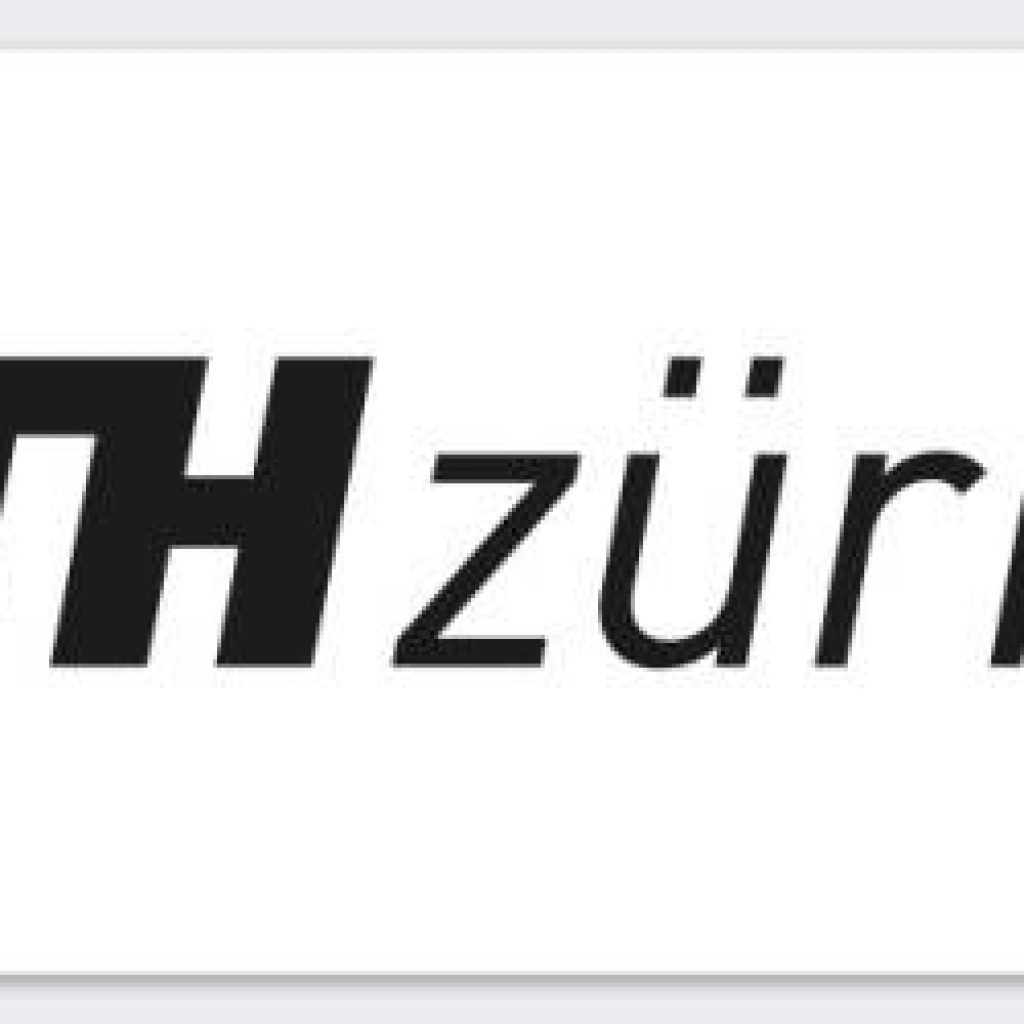(ETH.Zurich) ETH Zurich intends to further expand its leading position in quantum research, and so it is planning a highly specialised physics laboratory building on the Hönggerberg campus. A generous donation from ETH alumnus and ETH Honorary Councillor Martin Haefner is now the key step to taking the project further.
Research in this field relies on highly complex infrastructure, because it takes extremely elaborate experiments to detect these fragile effects at the atomic level.
Designed by Ilg Santer Architects, the new HPQ building appears calm and orderly from the outside. Above the two-storey entrance floor, which is open to the public, four floors provide office and laboratory space for 18 professorships with a total of almost 500 staff. But the new building’s centrepiece is underground: three high-tech research platforms will sit deep in the earth below. This is where researchers will produce new materials and electronic-optical components, conduct sophisticated laser experiments and investigate how to manipulate specific atoms and ions as quantum objects.
By virtue of its design, the new building will minimise interference from external vibrations or electromagnetic waves. It will also meet the highest standards of temperature stability and cooling capacity. This places exacting demands on the construction.
It is essential for such experiments to be performed in an environment that keeps interference to an absolute minimum. That is why ETH Zurich is planning to erect a research facility designed to be ideal for this purpose. “The planned building will allow us to push research to the limits of what is technically possible,” explains Gianni Blatter, Professor of Theoretical Physics and the driving force behind the project.
ETH Zurich Planning Specialized Physics Laboratory Building Designed to Minimize Interference
